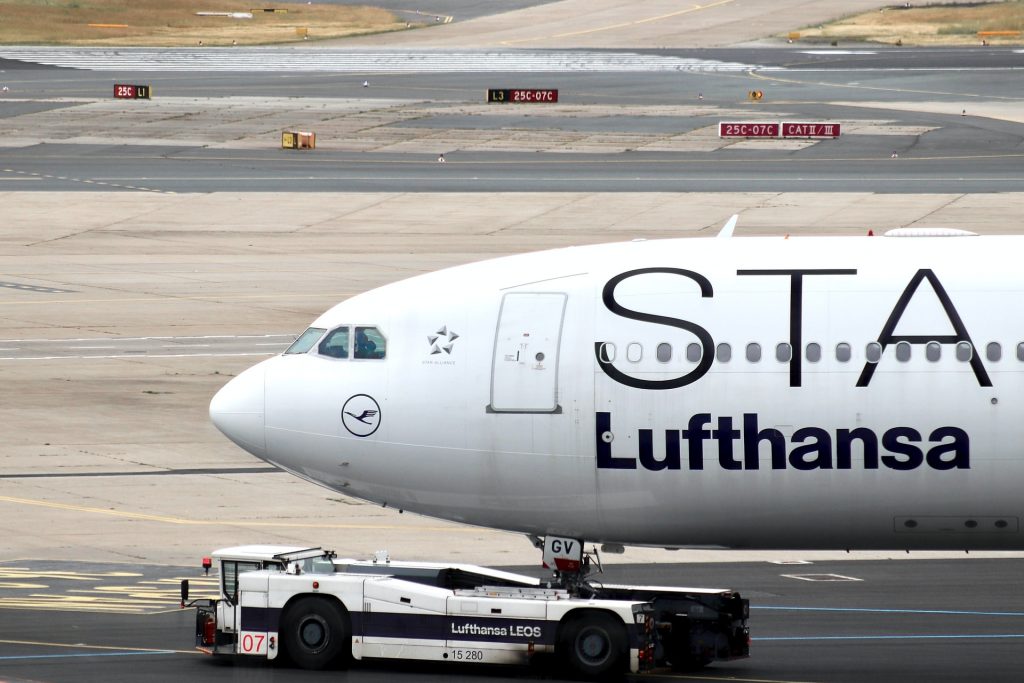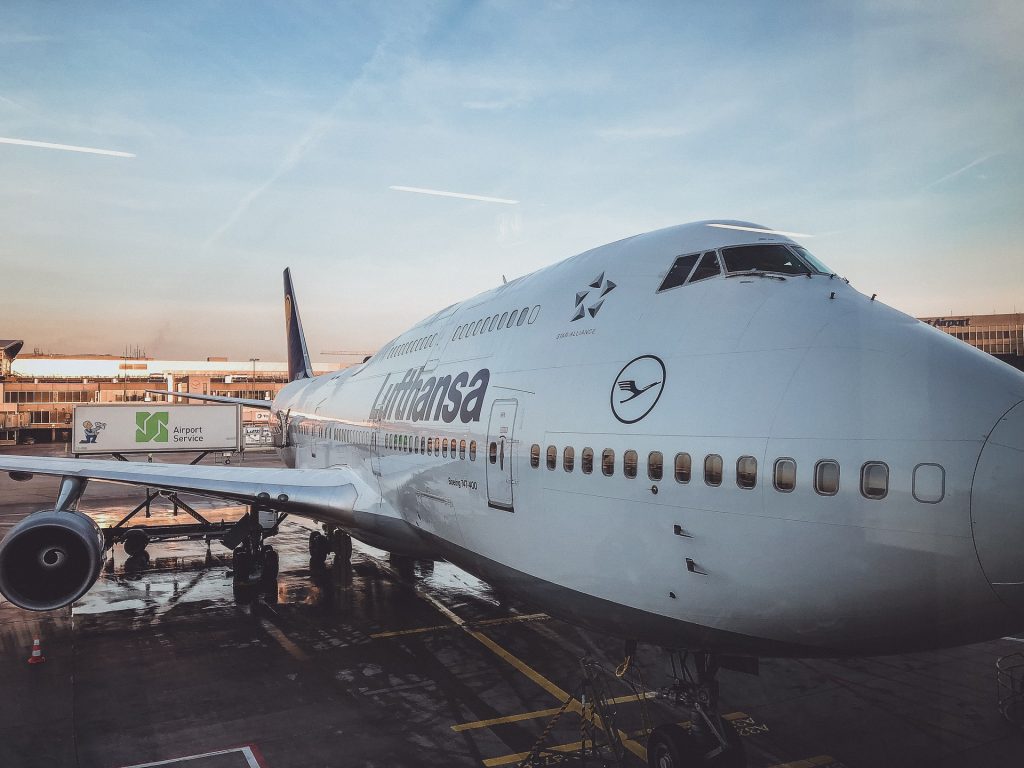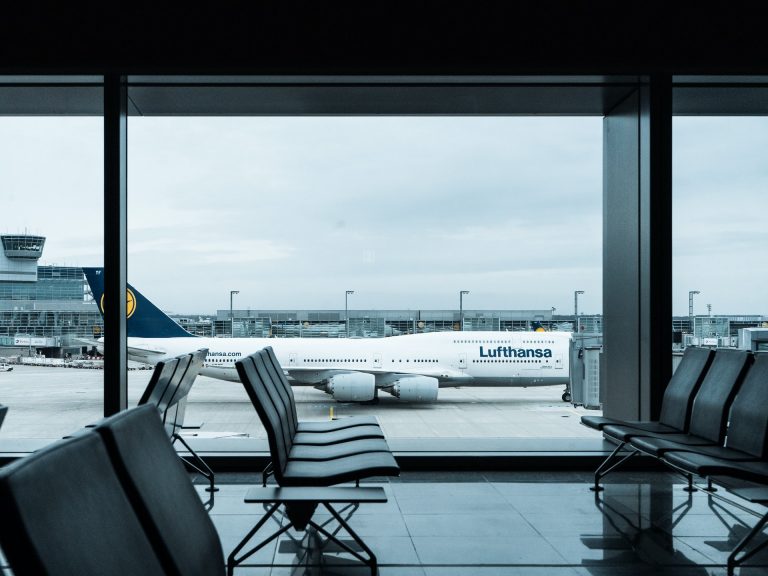The Lufthansa Group has reached 80 percent of the bookings the airline used to report in 2019 before the pandemic badly hit the industry.
With €3.9 billion in traffic revenue in the third quarter, the company doubled the third quarter of 2020.
The transatlantic service capacity is predicted to increase to 60% of 2019 levels in the fourth quarter, bringing the year’s total capacity to 40%, after being substantially reduced in the first half.
”We expect full-year capacity in 2022 to be above 70% and we see 80% of total demand towards the end of the year,” said Lufthansa Group chief executive Carsten Spohr at a results briefing on Wednesday.

The group acknowledges, however, that returning to pre-pandemic levels will be challenging until at least 2023. And there’s a reason for that: China.
“We do already see 80% for the North Atlantic for the summer and beyond, but when we say 80% capacity, you are missing China and parts of the world you cannot fly to [because of travel restrictions]. You can see the regional differences.
The point is that at least for now there are significant differences between eastbound and westbound markets
On Nov. 8, the United States will reopen for all foreign travel, while China, one of Asia’s most valuable markets, will remain cut off from the rest of the world.
Consequently, the company will focus on the United States as its most important commercial partner, which is steadily increasing bookings on both leisure and corporate travel.

As per the CEO, while “Economy and Premium Economy bookings are 24% and 23% below pre-crisis levels on transatlantic routes, he says bookings in Business are only 12% below 2019 levels, while bookings in First Class are running 8% ahead”.
Regarding future plans, the group also announced that it will invest $250 million on sustainable aviation fuel over the next three years, the greatest sustainability expenditure in its history.
The aim of the effort is to cut net carbon emissions in half by 2030 and to be carbon neutral by 2050.

